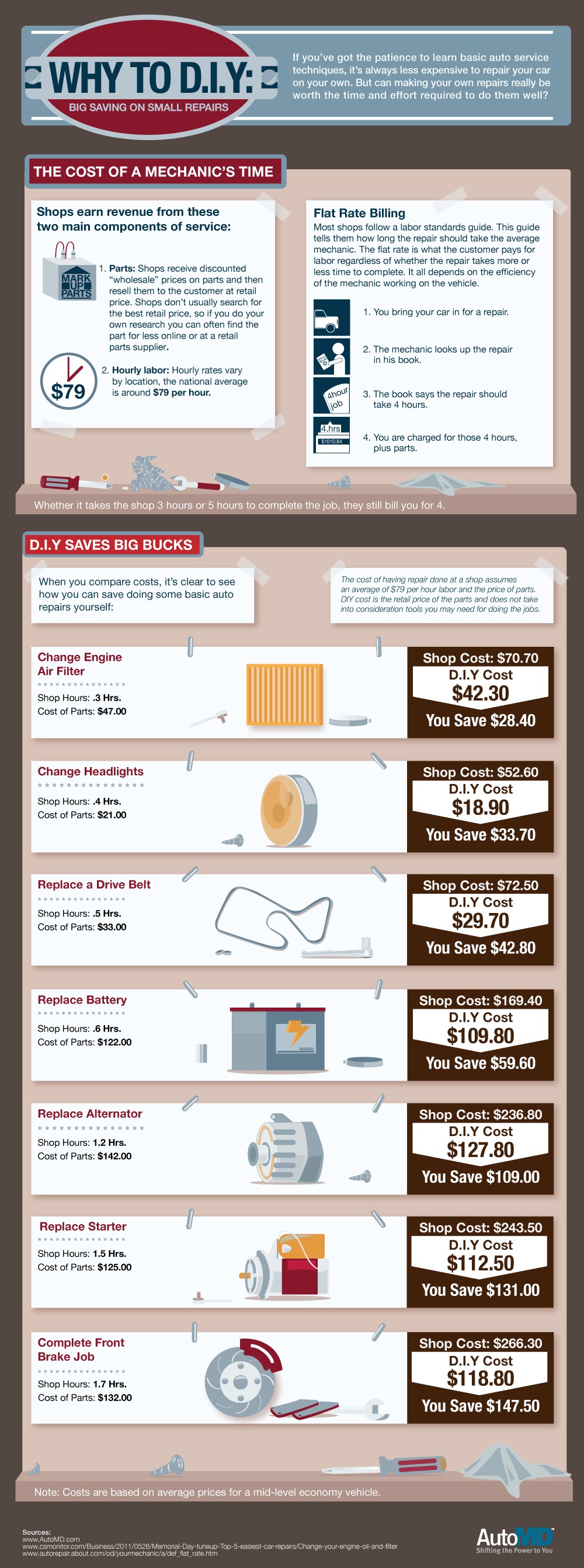Decoding Your Automobile'S Caution Indicators: What They Genuinely Represent
Decoding Your Automobile'S Caution Indicators: What They Genuinely Represent
Blog Article
Uploaded By-Vinson Forbes
When you're behind the wheel, those beautiful warning lights on your dashboard can be a bit puzzling. Do you recognize what they're attempting to tell you concerning your vehicle's health and wellness? Comprehending the relevance of these lights is crucial for your safety and the longevity of your lorry. So, the following time one of those lights appears, wouldn't you wish to analyze its message accurately and take the required actions to address it?
Common Caution Lights and Interpretations
Identify typical warning lights in your auto and comprehend their definitions to make certain risk-free driving.
The most common caution lights consist of the check engine light, which signifies issues with the engine or emissions system. If this light begins, it's important to have your automobile examined immediately.
The oil stress cautioning light indicates low oil stress, requiring instant focus to avoid engine damages.
A blinking battery light could recommend a faulty charging system, possibly leaving you stranded otherwise dealt with.
The tire stress monitoring system (TPMS) light signals you to low tire stress, affecting lorry stability and gas effectiveness. Ignoring this can bring about risky driving problems.
The abdominal light shows an issue with the anti-lock stopping system, compromising your capability to stop rapidly in emergencies.
Finally, the coolant temperature level cautioning light warns of engine overheating, which can cause severe damages if not settled quickly.
Understanding these typical warning lights will assist you address issues promptly and maintain safe driving conditions.
Importance of Prompt Attention
Comprehending the typical warning lights in your auto is just the initial step; the relevance of without delay resolving these cautions can't be emphasized sufficient to ensure your security on the road.
When a warning light brightens on your dashboard, it's your vehicle's means of connecting a potential concern that requires focus. Ignoring these cautions can cause extra extreme issues down the road, endangering your safety and security and potentially costing you more in repairs.
https://www.prnewswire.com/news-releases/genuine-parts-company-announces-automotive-acquisition-in-europe-expanding-presence-into-key-new-markets-in-spain-and-portugal-301525295.html to advising lights can protect against breakdowns and mishaps. As an example, a blinking check engine light could show a misfire that, if left ignored, might create damage to the catalytic converter. Addressing this quickly can conserve you from a costly repair.
Likewise, a brake system cautioning light could signal low brake liquid or worn brake pads, essential components for your security when driving.
DIY Troubleshooting Tips
If you see a warning light on your control panel, there are a few do it yourself repairing suggestions you can attempt before looking for expert assistance.
The initial step is to consult your cars and truck's manual to understand what the specific caution light suggests. Occasionally the problem can be as basic as a loosened gas cap setting off the check engine light. Tightening up car exterior detail might deal with the trouble.
Another usual concern is a low battery, which can activate numerous warning lights. Examining the battery links for rust and ensuring they're secure may fix the problem.
If a caution light persists, you can attempt resetting it by disconnecting the cars and truck's battery for a few minutes and after that reconnecting it. Additionally, checking your automobile's fluid levels, such as oil, coolant, and brake fluid, can help repair warning lights related to these systems.
Conclusion
Finally, recognizing your vehicle's warning lights is vital for maintaining your car running smoothly and safely. By promptly addressing these notifies and recognizing what they imply, you can prevent pricey repairs and possible failures.
Remember to consult your auto's guidebook for specific details on each warning light and take action appropriately to make sure a hassle-free driving experience.
Stay notified, remain secure on the road!
